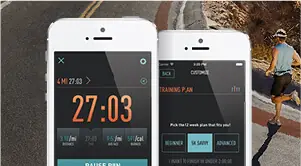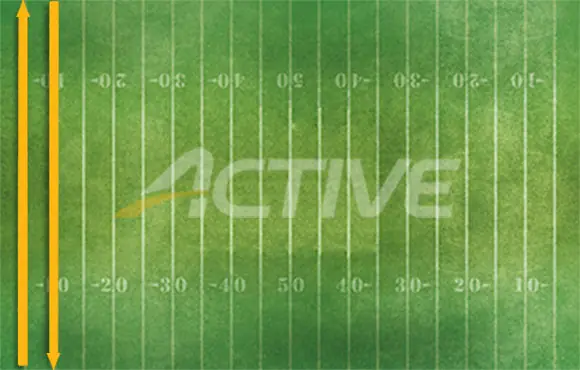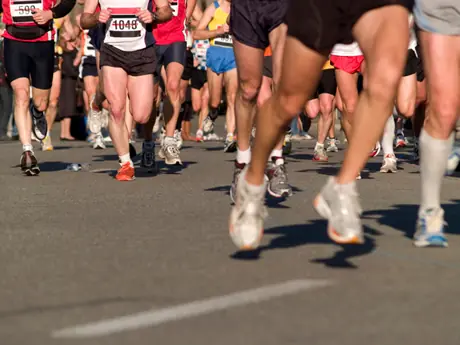

It's been said that fall PRs are made in the summer, and with the summer months upon us, training for a fall race starts now. Workouts done during hot summer months, while tough at times, can lead to big gains in running speed, strength and mental fortitude by the time the weather cools off for your race.
But training in heat should never be taken lightly, so you'll want to keep these tips top of mind in order to stay healthy, strong and fast for your fall 13.1.
Hydration
While the dozens of articles on running hydration focus on drinking lots of water, it's important to remember that your body also needs salt and minerals. When you sweat, your body loses important minerals that water alone cannot replace. And even if you take a multivitamin, these are not easily absorbed into the body.
Drinking only water while you sweat for long periods of time can lead to hyponatremia, which occurs when the sodium level in your blood is too low. This condition can lead to nausea, vomiting, headache and fatigue that sometimes requires medical attention. You can prevent this by rehydrating with sports drinks during and after a hard workout, especially as you get to the long runs on your training plan.
It's important to hydrate before, during and after any run, just be sure to also replenish important minerals, such as sodium and magnesium. Many distance runners add salt tablets to their training regimen, especially on hot days when they know they will sweat a lot.
When to Train
In the summer months, the hottest part of the day is around 3 p.m. Heat begins climbing after the sun rises and continues to build in intensity after noon, when the sun is highest in the sky. For this reason, it's best to run either before the sun comes up or just before it sets.
Everyone has different preferences for evening versus morning runs, but you should always keep an eye on current temperatures as an indicator for how much to push yourself during the workout. If it's an exceptionally hot day, you may consider splitting your long run into two parts.
If you choose to run in the morning, be sure to eat pre-run and hydrate along the way. If running in the evening, be sure that you've eaten and hydrated enough throughout the day to fuel your run. Regardless of the time of day, if you are running in the dark, make sure to choose a safe and well-lit route.
- 1
- of
- 2
About the Author

Get ACTIVE on the Go


13.one Half Marathon
Get expert advice and guidance as you progress in your journey to becoming an avid runner.
Available for iOS







Discuss This Article